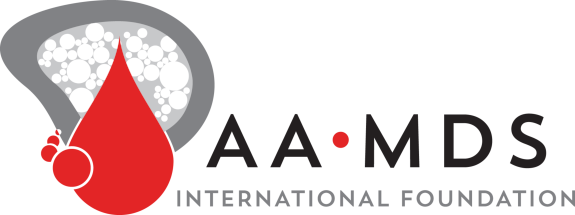Introduction: Myelodysplastic syndromes (MDS) are characterized by bone marrow failure, peripheral blood cytopenias and a high risk of progression to acute myeloid leukemia (AML), which is associated with a poor prognosis and low survival rates. This study combined surveys with patient chart reviews to document real-world clinical practice and burden of MDS, including perspectives of physicians, patients and caregivers and underlying discrepancies.
Methods: Physicians in major European countries and the US provided information on 1445 patients, stratified into lower- (LR) and higher-risk (HR) MDS. Patients had the opportunity to complete questionnaires describing the impact of MDS. Caregivers had the option to report on the burden of caring for a patient with MDS.
Results: While supportive treatment was common, mainly with erythropoietins (52%), anti-AML agents were more frequently used in HR than in LR patients (70% vs 20%), while HR patients generally received more transfusions (48% vs 36%). Symptoms with the largest discordance between patient vs physician reporting were excessive bruising (30% vs 14%), GI side effects (19% vs 6%) and feeling tired or fatigued (68% vs 56%). A bigger impact of fatigue was reported on the European Organization for the Research and Treatment of Cancer Quality of Life questionnaire (EORTC QLQ-C30) for HR vs LR patients (43.2 vs 36.5 on a scale from 0 to 100). There was discordance between caregivers vs physicians on reporting of weekly caregiver hours (45.4 vs 29.2) with a Zarit Burden Interview score (ZBI, score 0-88) of 25.4.
Conclusions: Patients reported a higher frequency than their physicians of top symptoms, with MDS-related disruptions in daily life for both patients and caregivers. There is a need for new therapeutic strategies, along with shared understanding and decision making among patients, caregivers and physicians, to optimize disease management and improve quality of life in people living with MDS.

